Afghan Hound: breed description and content
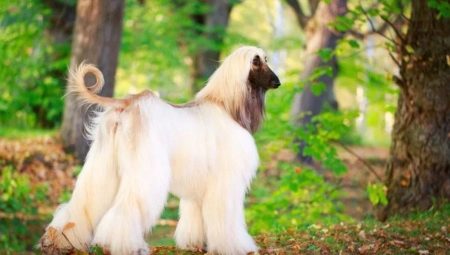
The Afghan Hound is a fairly popular breed. It is no coincidence that she fell in love with dog breeders all over the world. The aristocratic appearance of animals, combined with benevolence and devotion, leaves no one indifferent. Let's get to know these amazing creatures better, consider the description of the breed, the nuances of care and training.
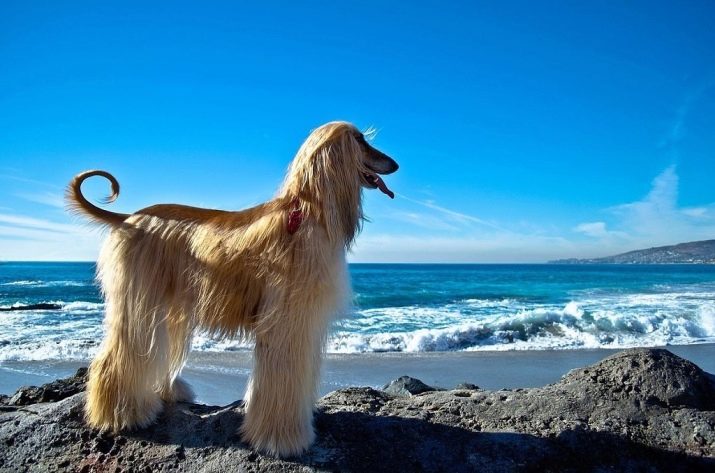
Origin story
The country of origin of the breed is officially Afghanistan. On its territory, images of animals very similar to Afghan hounds were found. Archaeologists believe they were made in the 2nd century BC. NS. At the same time, similar drawings were found in Iran. The approximate time of their appearance is the XI century BC. NS.
Although the finds indicate that the place of origin of these beautiful animals may not have been Afghanistan, the breed was given just such a name. The fact is that it was in this country that they gained particular popularity.
And today in Afghanistan, representatives of this breed are very much appreciated.
They are even considered to be a kind of state symbols. For a long time, it was not allowed to export animals outside the country. In addition, greyhounds were not sold even on the territory of their homeland. Pets could only be gifted.

Initially, Afghan hounds already loved to run, developing high speed. The hunting instinct was also present. Representatives of the breed helped the owners to hunt both small and large game. Endurance and strength allowed them not only to chase, but also to catch prey.
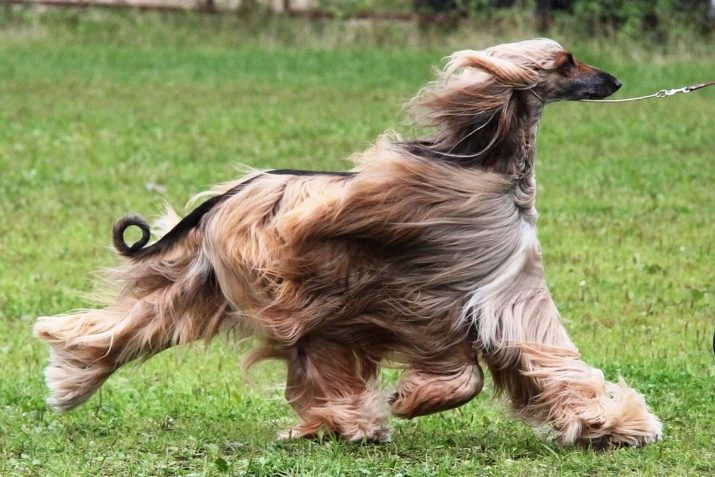
Also, animals were used as guards. They ensured both the safety of a person's home and the safety of livestock.The local aristocrats considered dogs to be their personal bodyguards, which was due to the loyalty and strength of the pets. Besides, the spectacular appearance of the dogs only raised the status of wealthy people.

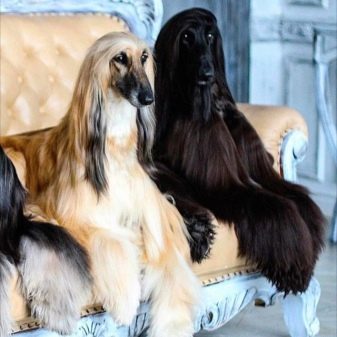
The breed came to Europe thanks to British officers. They brought four-legged handsome men with them, returning from Afghanistan.
The first official breed club appeared in 1926. It happened in England. Later, the dogs were recognized by American experts. Impeccable appearance, excellent gene pool and adaptability made it possible to quickly draw up the breed standards.
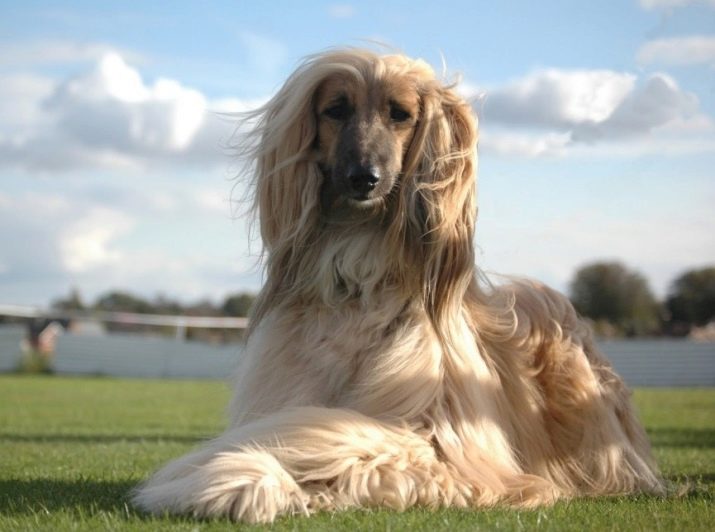
Characteristics of the breed
Despite its extraordinary beauty and grace, the Afghan hound is not decorative. This breed belongs to the group of hunting dogs. However, these animals are bought not only for hunting. Many city dwellers take them as regular pets.
The beauty of these dogs is amazing. Long legs, graceful neck and aristocratic muzzle are complemented by a regal posture. The flowing satin wool adds even more sophistication to the look.
Such animals look especially impressive while running. They move smoothly and gracefully. The fur flutters in the wind, creating the feeling that in front of you is not a dog, but a proud individual of royal blood.
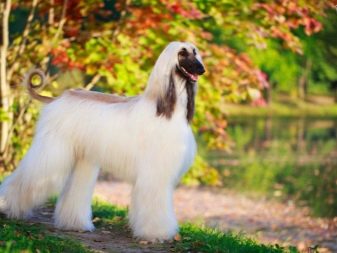

Despite the outward sophistication, Afghans are quite tough animals. Dogs are considered large, muscular, strong. Let's consider the characteristics of the breed in more detail.
- Head. In pedigree individuals, the head is set in such a way that it gives the maximum view of the area. The shape of the skull is elongated. The muzzle is graceful, but the jaws are strong. The bite allowed by the standard is "scissors" or "pincers". The eyes are almond-shaped, usually dark brown. A nutty shade is also acceptable, although less preferred. The nose can be black or brown (depending on color). The ears are large, drooping, pressed to the head, abundantly pubescent.
- Frame. The dog's body is harmoniously built. The back is straight, of medium length. The chest is wide. The neck is moderately long. The tail is set low. Unlike the rest of the body, it has little hair. At the same time, it is twisted in a ring, which makes the appearance of the pet even more interesting. The legs of Afghans are long and strong. The hind ones are more powerful.
- Wool... Long soft wool is the pride of the representatives of this breed. The muzzle is covered with short hairs. From the line of the forehead, the coat gradually lengthens, as a result, forming a kind of "hairstyle". The back area also has a shorter coat. Ears, neck, belly and paws are covered with long silky hair. Oddly enough, such a luxurious "head of hair" does not prevent the animals from moving actively. It is known that when running, an Afghan can reach speeds of up to 50 km / h.
- Color. Any color is allowed. The most common dogs are beige, red, ash-silver, chocolate shades. Snow-white specimens are very beautiful. There are brindle-colored individuals. A contrasting "mask" on the face is encouraged. Exceptions are completely white and black individuals. But white spots on wool of a different color are considered a deviation from the standard.
- Weight and height. The largest males weigh 35 kg. Females usually do not exceed 20 kg. The growth of males is from 65 to 75 cm (at the withers). Females grow up to 65-70 cm.
- Life expectancy. Afghans usually live to be 11 years old. The maximum lifespan of these dogs is 13 years.
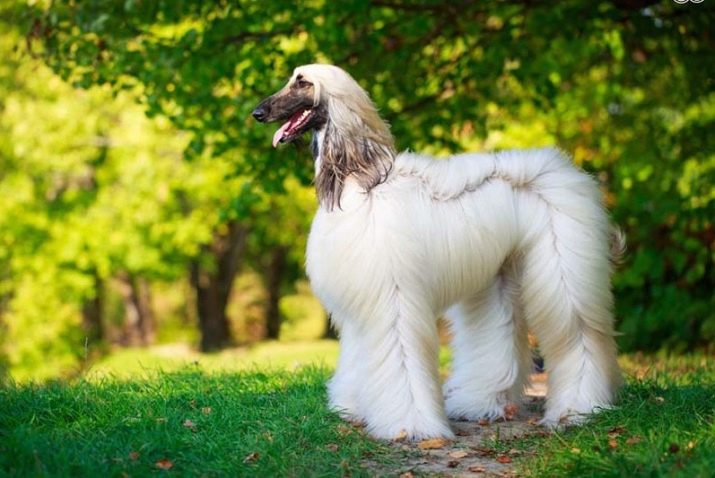
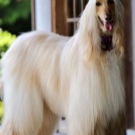
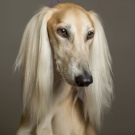
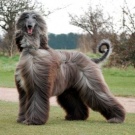

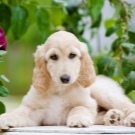
Character and behavior
Afghan puppies are very playful and sociable. Adults are also affectionate and sweet, but already more restrained in showing emotions.
The aristocratic appearance of animals completely coincides with their manners. Afghan hounds are calm, peaceful pets. They are very loyal to their masters, quickly become attached to people. The protection of the owner is important for them, although the animals are not inclined to show aggression.
It should be noted that the character of the representatives of this breed is not easy.They are difficult to educate. Sometimes it takes years. However, people who call such dogs stupid are wrong.
The reason for the difficulty of socializing dogs is their willfulness and stubbornness.
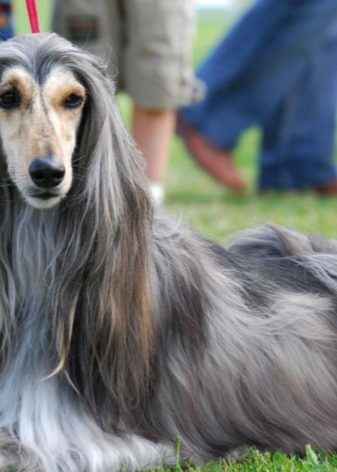

Representatives of this breed are not inclined to prove their leadership among other pets, although sometimes the owner may be jealous of them. Afghans know their worth, they feel special. Sometimes they are even arrogant. For example, a dog can climb onto a bed without waiting for permission. If the pet does not like the nickname given to him or he does not want to go to the owner at a particular time, he may not respond to the call.
The owner should approach such independence of the pet with understanding. Any large dog has its own character and a developed sense of self-sufficiency. It is not easy for such an animal to come to terms with the role of a subordinate creature.
As already said, aggression is not inherent in Afghans. They are calm, peaceful. With strangers, such dogs behave wary, but restrained. Only ill-bred children can unbalance a pet.
If a child pulls the dog by the tail, steps on its paws or causes other unpleasant, painful sensations, the animal can be very offended and begin to avoid the object of its dislike.
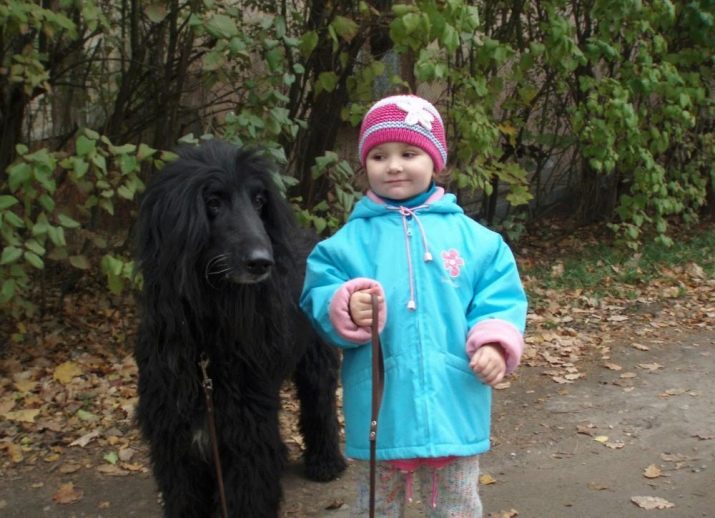
The dog will be offended even if the owner unjustly punishes him. However, it is not always possible to notice the upset feelings of a shaggy pet. As a typical native of the East, such a dog skillfully hides emotions while maintaining dignity.
An Afghan can get along with other dogs only if he knows them from an early age and grows up with them. But in such a situation it is better not to start smaller animals (hamsters, cats, etc.) at all. They will provoke the hunting instinct of the animal and the desire to chase after prey.
Of course, every pet is a bright personality. You can come across both a shy demure and a wayward capricious dog. However, regardless of character, all Afghans need an active lifestyle. Therefore, if for some reason you cannot pay much attention to the animal and take it for long walks, it is better to choose a different breed.
It is also undesirable to leave such a dog alone with a small child. The impressive size of the Afghan Hound and its high activity can cause unpleasant situations. The pet can accidentally push, drop the baby.
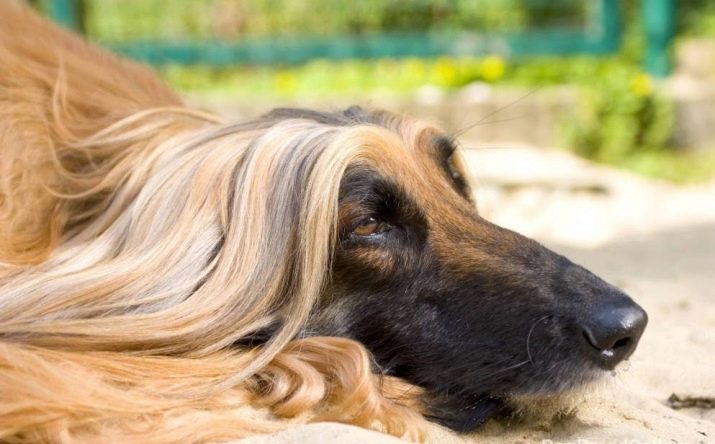
Maintenance and care
Conditions of detention
The best living conditions for Afghans is a private home where there is a lot of space and the opportunity to run and play freely all day long. However, many keep pets in city apartments and claim that dogs feel great.
Obviously, the comfort of an animal is directly related to its temperament. Calm dogs easily tolerate the lack of space, but in any case, long walks are required. It should be remembered that such dogs need constant communication. They cannot stand loneliness, so the spaciousness of the aviary will not replace the pet's owner's attention.
Often, Afghans climb onto a sofa or armchair, preferring to rest in comfort. It is extremely difficult to wean an animal from this. Usually, the owners give up, leaving the pet the right to lie on the furniture.
However, the dog must have its own place as well. She will go to this cozy corner to sleep or just sit in silence.
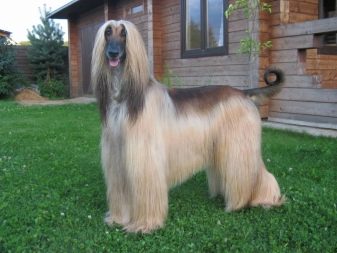
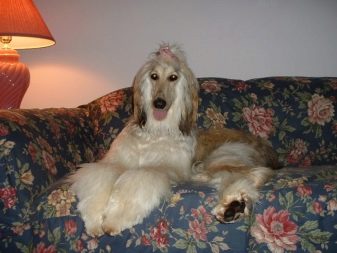
The place should be comfortable. Do not place it in a draft or near a battery. When choosing a couch, it is better to give preference to a model with an orthopedic base. Of course, you shouldn't forget about the size.
If you don't want to be upset when you find gnawed furniture or damaged shoes, provide your pet with a variety of toys. It is also advisable to purchase special dental sticks at the pet store.
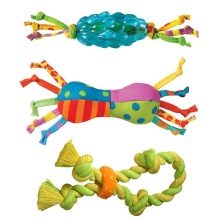
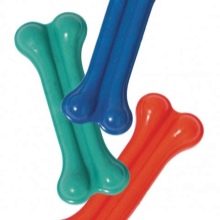

Walking
The Afghan Hound must walk for at least 1.5 hours. At the same time, the bulk of the time should be devoted to active exercises, fast running.Try to introduce the dog to other large dogs on the street. This will allow the animal to have a new experience and make it more relaxed at home.
The place for walking should be chosen carefully. When releasing the dog from the leash, do not lose your vigilance. Hot oriental beauties are not at all afraid of cars. They do not see them as a threat; on the contrary, they perceive cars as fun toys. In addition to the fact that the dog can run out into the roadway, he may also chase the cat. Given the speed an Afghan can develop, it is very easy to lose sight of him.
Therefore, it is advisable to walk the dog in quiet desert areas, fields or fenced areas. In such places, the risk of dangerous situations is reduced.
Although it is worth noting that jumping over a low fence for a greyhound is not difficult, which makes the presence of a high fence mandatory when the site is located in a busy part of the city.
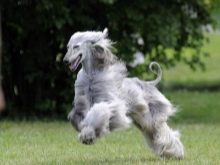
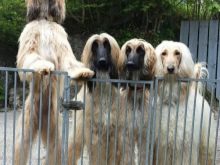
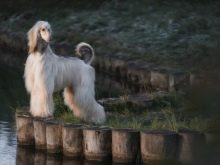
Afghans tolerate cold and high humidity calmly. As for the heat, this is a tough time for the animals. On hot days, walks should be shortened. Enough 20 minutes for the dog to be able to warm up without the risk of getting heatstroke. At the same time, it is advisable to walk it in the early morning and late evening.
It is also worth considering that burdock and other thorny plants ripen at the end of summer. They easily cling to the long hair of the animal. Removing such garbage from a dog's "coat" is a tedious and difficult task. That's why it is better to avoid walking in meadows and forests, preferring areas with less dense greenery.
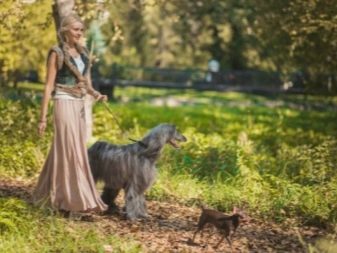
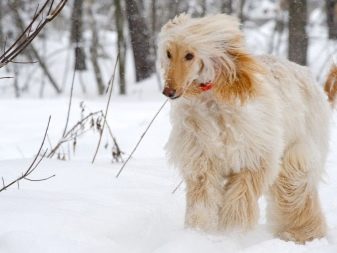
Hygiene procedures
Grooming is an essential part of caring for an Afghan hound. Representatives of this breed do not shed, which necessitates combing them out. In addition, if you do not pay attention to caring for the pet's coat, his luxurious "fur coat" will quickly turn into something tangled and unkempt.
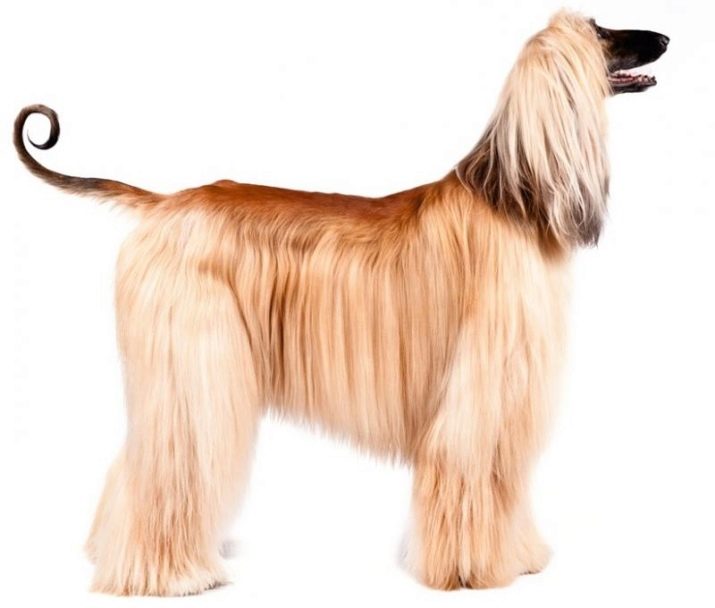
Brush the dog's coat in layers. You need to start from the bottom. Pre-hydration should not be ignored. The fact is that dry hairs are very fragile, they can break and become electrified. Particular attention should be paid to the areas between the paws. This is where the wool often falls off. Ponytail hair is styled so that it hangs vertically. A parted part should form at the top.
In order for the pet to calmly endure the procedure, not to twitch and not be capricious, it is better to start accustoming him to it from childhood.
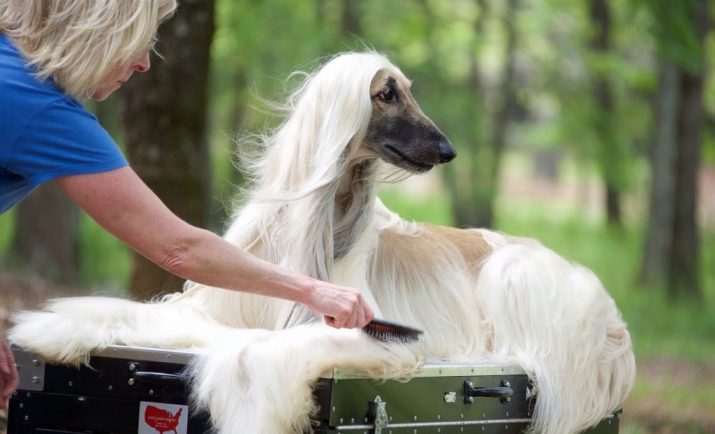
Until the age of one year, the pet's coat is in the stage of active growth. During this period, it is enough to brush the animal with a brush with natural bristles. Frequency - every 2 days. After a year, the greyhound already has a formed coat. Parting appears on the head. The hair on the legs and sides becomes longer. At this time, the owner must acquire a trimming knife. It is necessary in order to process the back area, as well as to put in order the areas on the lateral surfaces of the dog's neck.


Breed standards do not provide for Afghan haircut. However, if you make the fur under the armpits and under the tail a little shorter, caring for the animal will become easier. The fact is that it is in these places that most of the mats are formed. Of course, this little trick will not work for those owners who are going to show their four-legged favorites at exhibitions.
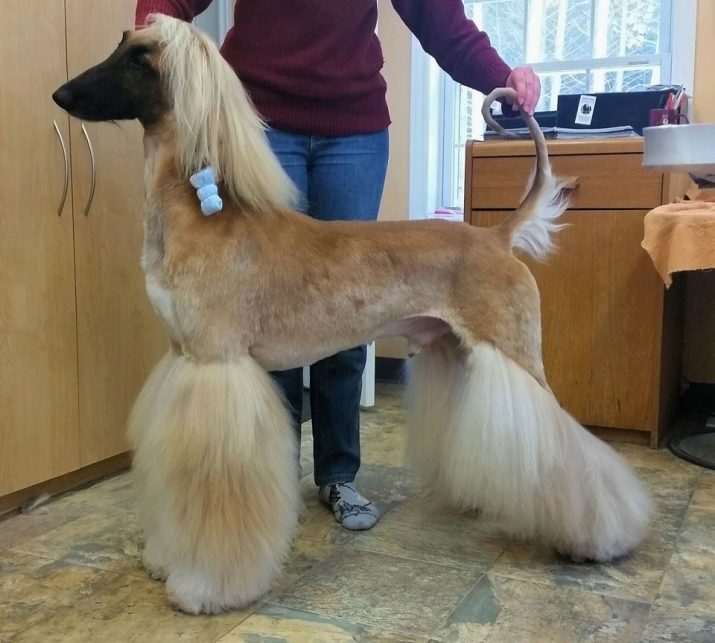
You shouldn't bathe your shaggy friend too often. The ideal option is one bath day a month (less often). When washing, use a special veterinary shampoo. Then conditioner is applied. A clean dog is wiped off with a towel and dried with a hairdryer. It is worth remembering that the Afghani's ears are washed separately. They are lowered in turn into a basin containing a warm aqueous solution of shampoo. It is important to ensure that water does not enter the ear canals.
There is one more important nuance: be sure to dry six pets completely immediately after taking water procedures.If he lies down with a wet "fur coat", it will wrinkle and cease to be airy.
To keep the wool fresh and clean for a long time, it is worth brushing it after each walk.
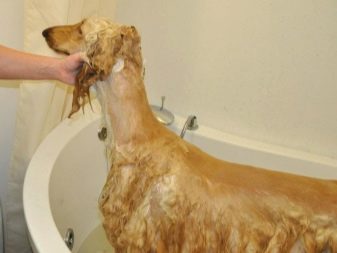
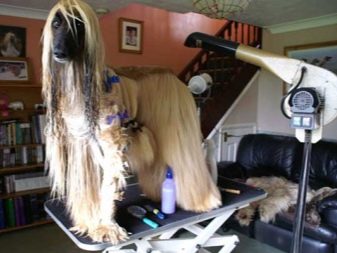
The main hygiene measures include periodic checks of the ears and eyes of the animal. They should also be cleaned with a cotton pad, which must first be moistened with veterinary lotion. If redness is observed or the dog is anxious (shaking his head, trying to scratch his ear), then there are health problems. In this case, you should contact your veterinarian.
Nail care depends on the situation. The dog can grind with it himself. If this does not happen, they need to be cut off. The procedure is carried out a couple of times a month. You can determine the length of the claws both by eye and by sound. If your pet claps when walking, then pruning is required. This will increase the comfort of the animal itself and allow you to protect yourself from accidental scratches.
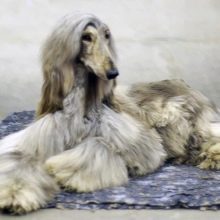
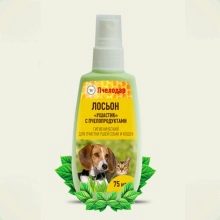
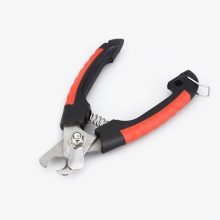
Preparation for the exhibition
Before the show, the owners give the dogs a special polish. The day before the pet is washed and dried. Then they put on a jumpsuit, which allows you to keep the wool clean for longer. A mesh is often worn on the ears. For paws, special shoe covers are purchased for animals.
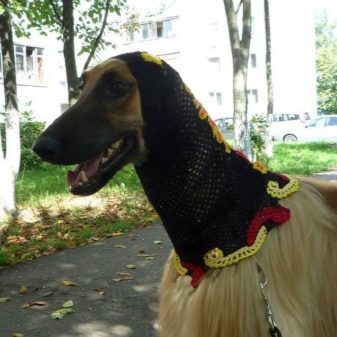
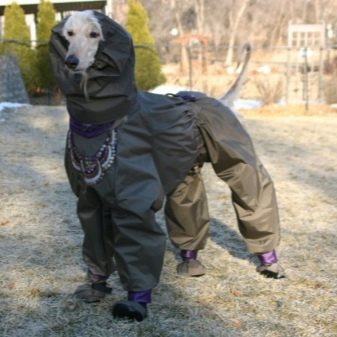
Health
Afghans boast excellent health and good immunity. Nevertheless, troubles can happen to anyone. These gentle creatures endure any surgical interventions painfully. Therefore, it is important to identify problems in a timely manner and immediately consult a doctor.
Be careful, do not forget to check your pet's eyes, after all, this is a weak point in the representatives of this breed. Also keep an eye on the condition of the coat and hygiene. Poor care can lead to dermatitis.
Be sure to get vaccinated. A specialist should vaccinate the dog.
Before the procedure, the pet is examined, and after that information about the vaccination is entered into the dog's passport.
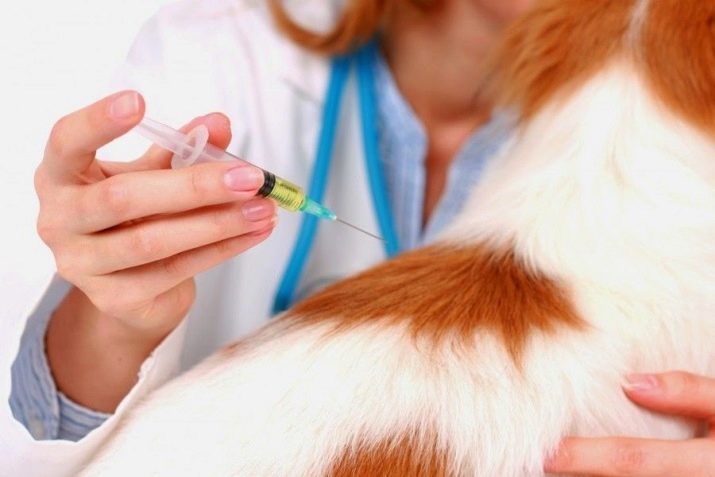
Nutrition
Like any living being, an Afghan needs a proper, balanced diet, rich in vitamins. Puppies under 4 months of age are fed 5 times a day. For babies from 4 to 6 months, the bowl is filled 4 times a day. Then (up to 1 year) adhere to three meals a day. Adults are fed twice a day. Serving sizes vary according to the weight of the dog.
The pet's diet must contain at least 20% protein. To calculate the nutritional value of products and correctly create a menu, you can use special tables. If the owner chooses ready-made feed, the task becomes easier.
Dry feeding is good for the animal. The main thing is to choose premium and super-premium feed. This will save time on preparing food for the dog and provide him with the necessary valuable substances.
It is not recommended to give canned food to greyhounds. Such foods do not provide enough satiety. They are high in water and low in calories. At the same time, in terms of cost, such feeds are not inferior to dry counterparts.

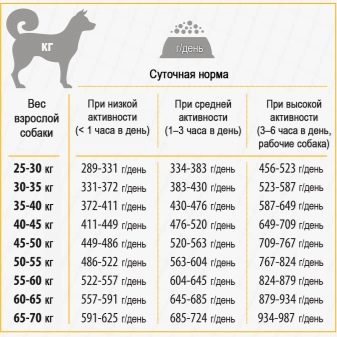
If you choose to eat a natural diet, low-fat cottage cheese can be a source of calcium for your animal. Boiled eggs (yolk), meat, fish are also considered useful. It is only worth noting that pork should not be given to Afghans. Other types of meat (beef, poultry) are fine. Sometimes by-products are also acceptable. In addition to the left-overs listed, the adult menu also includes fresh vegetables and boiled cereals in the form of cereals.
With a natural diet, mineral supplements should not be ignored. It can be fish oil or kelp. During the period of active growth and development, Afghans are given vitamin complexes intended for dogs.
The list of prohibited foods other than pork includes sausage, flour and sweet products, legumes.
It is also unacceptable to include any fried, smoked, fatty and spicy foods in the diet.

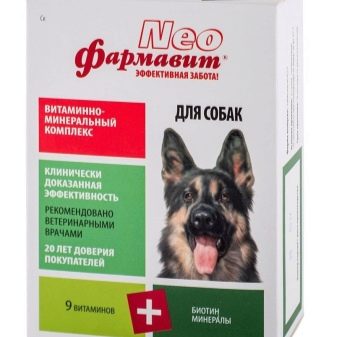
Education and training
Afghan hounds are capable of quick learning, but their independence and stubbornness often get in the way. This is not surprising, because initially the breed assumed the participation of dogs in a fast corral of game, and not following various commands. Nevertheless, many keep beautiful animals in city apartments and, of course, want to instill in them obedience and discipline.
You need to start raising a pet from the date of purchase. This will increase the chances of success. Already at the age of 8-9 weeks, babies can perceive information and get used to certain norms of behavior. If you start raising after six months, the owner of the dog may face an already formed stubborn character.
Show the puppy his private territory with a sleeping place, make it clear that he should be here during sleep.
It is too early to introduce your baby to adult animals, but in order to socialize, try to organize his communication with different people (family members, relatives, friends).
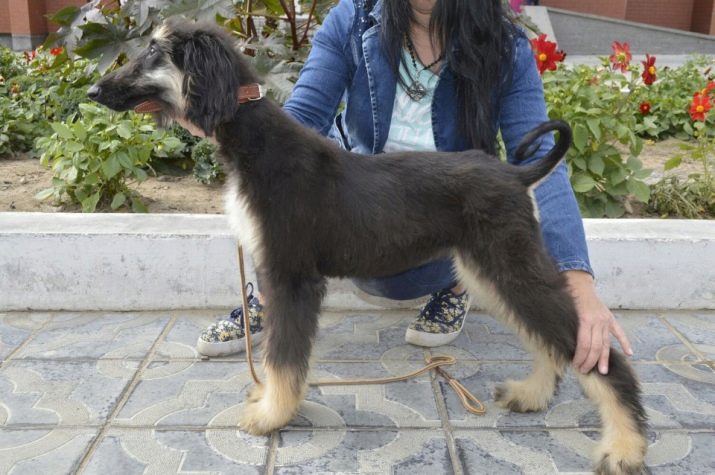
You can start training at home. You can master the simplest commands on your own. it "Sit", "Lie down", "Place", "Come to me!", "Fu"... If you're lucky, you can teach your pet to give you a paw. These basic commands will allow you to achieve some obedience to the dog.
In the process of training, it is important to remember about the character and high sensitivity of the pet. You cannot scold him, let alone beat him, even in case of refusal to complete tasks. Only love and respect will allow you to establish contact with your four-legged friend. But it is imperative to praise the dog.
To master more complex commands, you will have to see a specialist. You cannot do without the help of dog handlers, you should not even try to waste time and nerves on this.
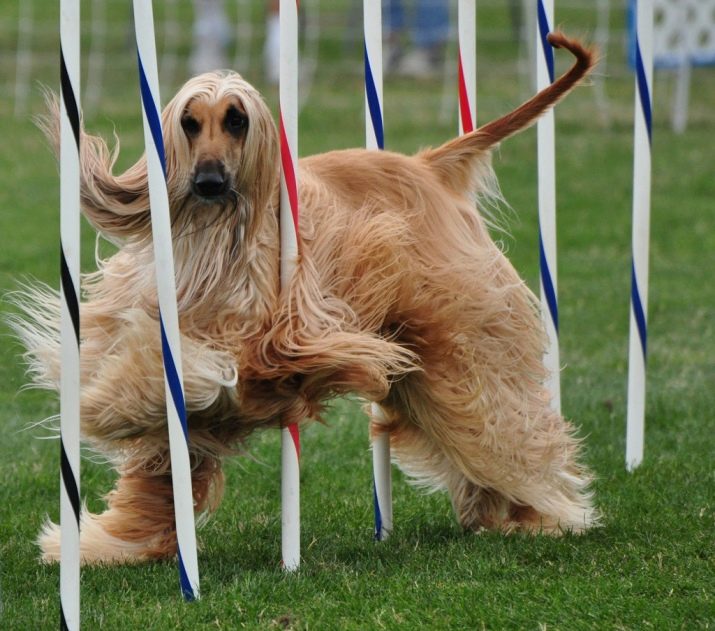
How to choose a puppy?
It is worth knowing that a purebred Afghan hound puppy is difficult to distinguish from other dogs, so it is better to go to a trusted place to buy a pet. Choose a large, strong and agile toddler. To reduce the risk of genetic diseases in your dog, check the pedigree of both parents.
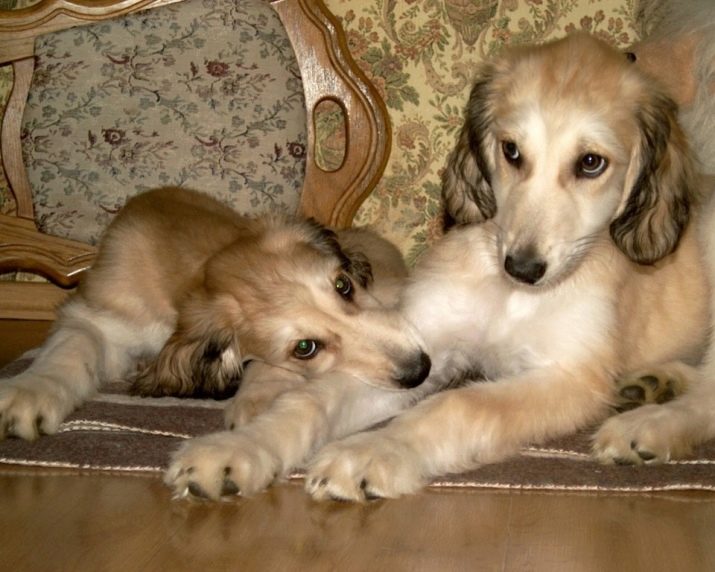
Suitable nicknames
The pet's name should be short and easy to pronounce. You can name your four-legged friend after a mythical or literary character, or you can just come up with an exclusive name. If nothing comes to mind, you can choose one of the options below.
For girls: Ada, Lada, Dina, Alma, Adele, Gerda, Nessie, Laura, Gina, Wendy.
For boys: Flor, Argon, Ice, Archie, Brandon, Lord, Prince, Richard, Charlie.

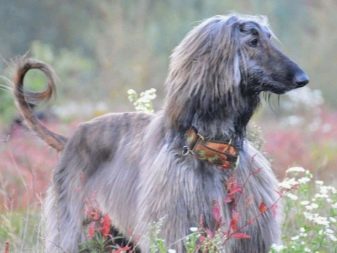
You will learn about the features of the breed from the following video.






































